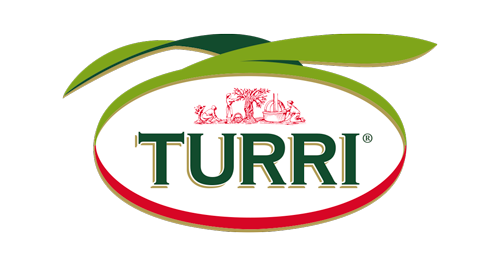Oil is the result of the metabolism of the plant.
It accumulates inside the pulp of the olive during its maturation. I have been frequently asked about the role played by olive variety and cultivar in the composition of the oil. Are there any differences in the fatty acid, volatile compound and polyphenol composition of oils obtained from the various cultivars employed? The genetic makeup of these varieties is responsible for the features of the enzymes involved in the production of oil and its minor components. However, the characteristics of both fruit (shape, size, pulp to stone ratio, etc.) and oil do not solely depend on the variety, but to a much greater extent, to where they are grown, to what winemakers would call the terroir. Any one variety yields differently, according to the soil and climate of where it is cultivated. Indeed, the harvests can differ to a surprising extent. Italy possesses a rich heritage of cultivars, with hundreds of varieties cultivated across our country. The king of the Garda district is the Casaliva, yielding the magnificent Garda PDO oil, but there is also a wide array of other, lesser known varieties, such as Leccino, Rossanel, Raza, Moraiolo, Pendolino and Frantoio. These latter cultivars, perhaps more famous in the past, can also be found in nearby areas, but it is closer to the waters of the lake that they reveal their best features.


